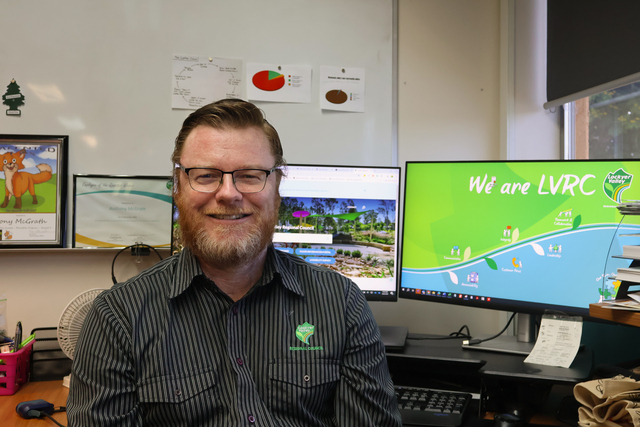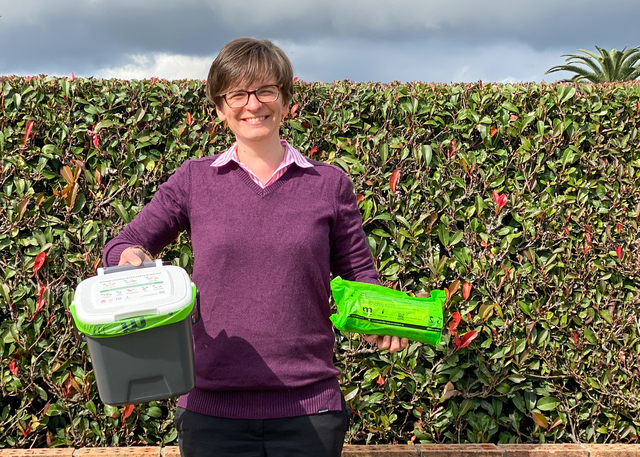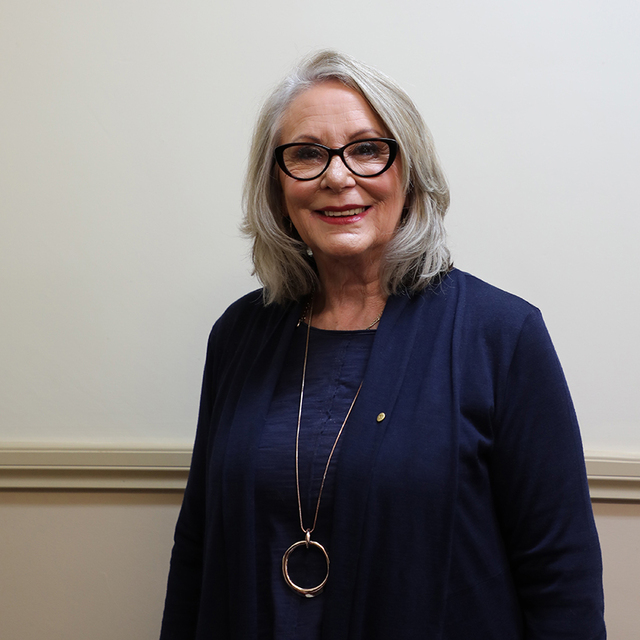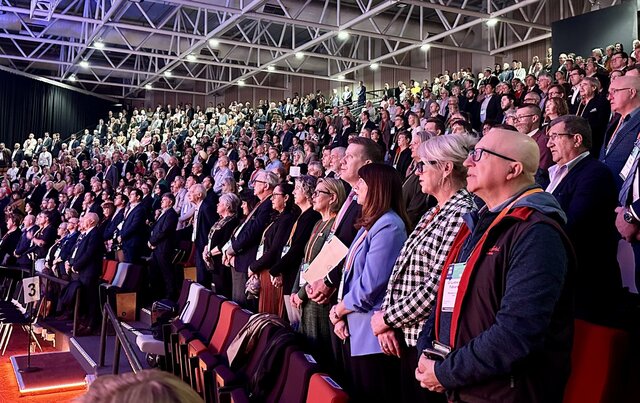Lockyer Valley Regional Council Rates Officer Tony McGrath’s world changed in late June 2022.
Tony suffered an aortic dissection and stroke while exercising at home in the evening. He was rushed to the Gatton Hospital and then airlifted to the PA Hospital in Brisbane. There, he underwent major surgery, and his wife was told he had only a five to 10 per cent chance of survival.
“I was in a coma for two weeks and spent the following month in the hospital recovering.
“During that time, I couldn’t walk and had an acquired brain injury from the stroke,” Tony said.
After leaving the hospital, Tony spent two months at the PA Brain Injury Unit learning how to walk again.
“My days were filled with therapy and physiotherapy however due to nerve damage from the stroke, I still have limited use of my left leg.
“In early 2023, I returned to work part-time, starting with three half days per week and gradually increasing my hours so that by January 2024, I was working four full days a week.”
The aortic dissection left tears in Tony’s aorta. While the doctors initially repaired the upper part to save my life, I was informed in late 2023 that further repairs were needed.
“In early 2024, I had three surgeries: two to repair tears and bypass my carotid arteries, and a major eight-hour surgery to insert a large stent in my aorta.
“After recovering, I returned to work in May 2024, starting with three half days a week and gradually building up to full-time hours.
“By September 2024, I had fully returned to work, increasing my hours under a return-to-work program.”
Aligning with the organisation’s values of leadership and accountability, Council’s Principal, Organisational Development and Payroll, Kris Natalier and Principal Safety, Sam McPherson, were instrumental in seeing this multifaceted and multi-year process come to fruition.
Sam McPherson described Tony’s return-to-work strategy as a long-term plan.
“We really focused on ensuring Tony could safely perform the duties of his normal role, which was of course monitored through the development of a rehabilitation and return to work plan (RRTWP).
“This plan required the involvement of medical practitioners and specialists, allied health professionals, Tony’s family, and a suite of internal staff members, including Organisational Development (OD), Safety, supervisors and team members.
“We worked closely with Tony’s medical team, who informed Council on Tony’s work capacity from a health perspective through the completion of work capability checklists, and medical certificates,” Sam said.
Acting Principal Organisational Development and Payroll, Shawnee Lyell said the RRTWP considered the appropriate hours of work, days of work, time of day and type of duties.
“These plans are adjusted over the duration of the return-to-work program, following periodic doctor appointments or treatments.
“They’re flexible, to ensure duties can be increased or reduced based on the medical review and subsequent advice to Council.
“Tony was at all times consulted regarding adjustments to the plan which was reviewed and approved by the return-to-work team following any changes,” Shawnee said.
Fast-forward to 2025 and Tony is no longer under any RRTWP and is able to perform all normal duties of his role.
Manager People and Customer Experience, Craig Drew, praised his staff for the collaboration and expertise they demonstrated in working towards this common goal.
“It was important we considered the concerns of Tony’s colleagues in this process, and an additional strategy in his return to work was to include consultation with all relevant first aid staff, who were provided specific advice as to the appropriate response relating to Tony’s condition.
“Returning to work plays such an important piece in the puzzle that is managing an injury and diagnosis of this scale.
“For an employee’s mental and emotional wellbeing, it is vital they feel supported and know we’re all working towards the same common goal.
“We fully appreciate how vital a smooth return to work is for any employee who faces health challenges, and Tony’s situation is a prime example of that,” Craig said.








